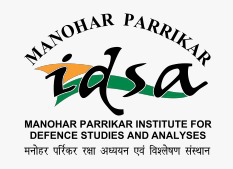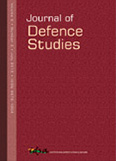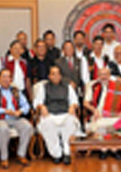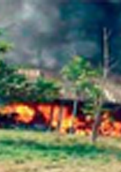The Quest for Nagalim: Fault Lines and Challenges
The Naga quest for independence is one of the longest-running struggles in the Indian subcontinent. Despite numerous attempts made in the past towards resolving the conflict, it continues to remain elusive on account of various fault lines. The signing of a ‘Framework Agreement’ between the National Socialist Council of Nagalim–Issak and Muivah (NSCN-IM) and the Government of India in August 2015 was one such attempt. However, the views of various stakeholders remain fragmented as the details of the agreement have not been disclosed in the public domain.
- Pradeep Singh Chhonkar
- April-June 2018













